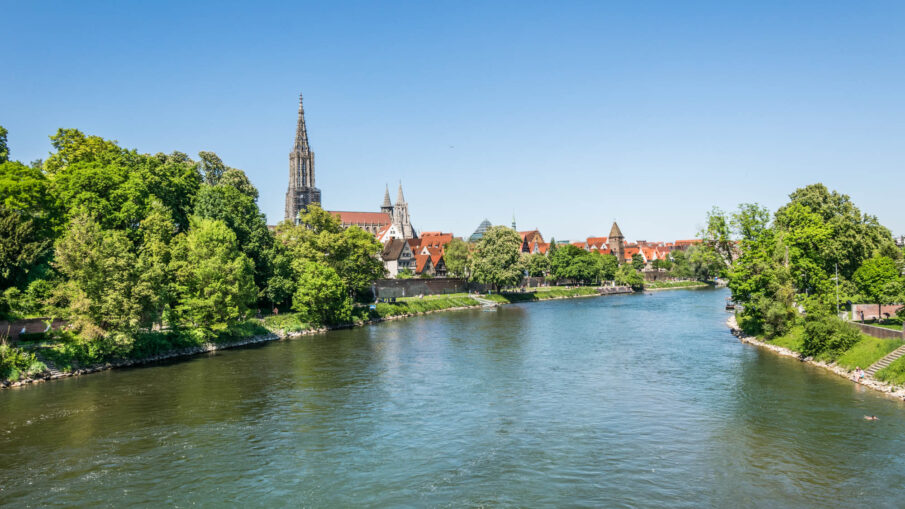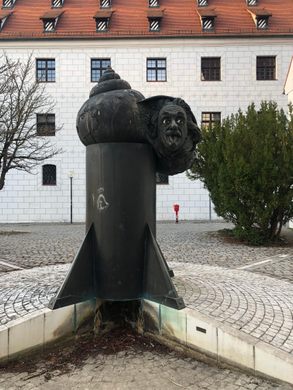Ulm Cathedral (Ulmer Münster) is the Gothic church with the tallest tower in the world (before the completion of the Sagrada Familia in Barcelona, Spain) and the fourth tallest structure built before the 20th century, with a tower height of 161.5 meters.

The main tower of the church has 768 steps, they reach up to 143 m high, from where you can see the panorama of the city. On clear days, the panorama of the Swiss and Bavarian Alps can be seen from the church tower.

The interior of the cathedral can be visited without charging a fee, and to climb the tower you have to pay €3/person.

Ulm is located on the left bank of the Danube, in the state of Baden Württemberg. The city initially developed as a medieval fair due to its location on the Danube. Today, the fact that the old town is so close to the river adds to the charm of the place. You can take a ferry ride on the Danube from where you can admire the tourist sights closer to the shore.
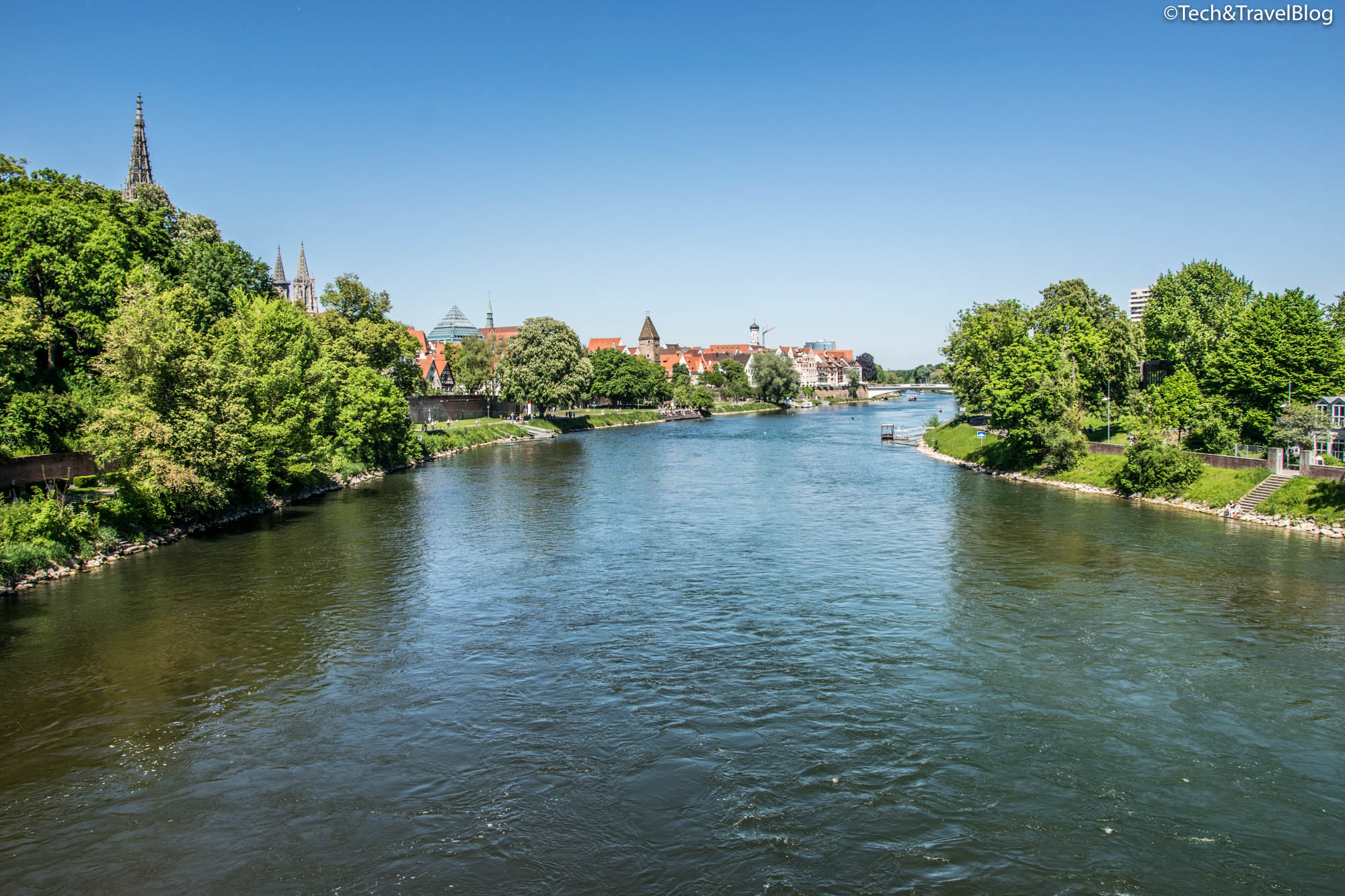
If you don’t come by car, you don’t have to worry about spending money on public transport, because the city center is small enough to be covered on foot.

Besides the fact that the city houses the church with the highest tower, Ulm is also known because the great physicist Albert Einstein was born here.
Einstein‘s home was destroyed in an Allied raid and never rebuilt. The Einstein Denkmal (Einstein Monument), built in 1979, marks its place opposite the central station.
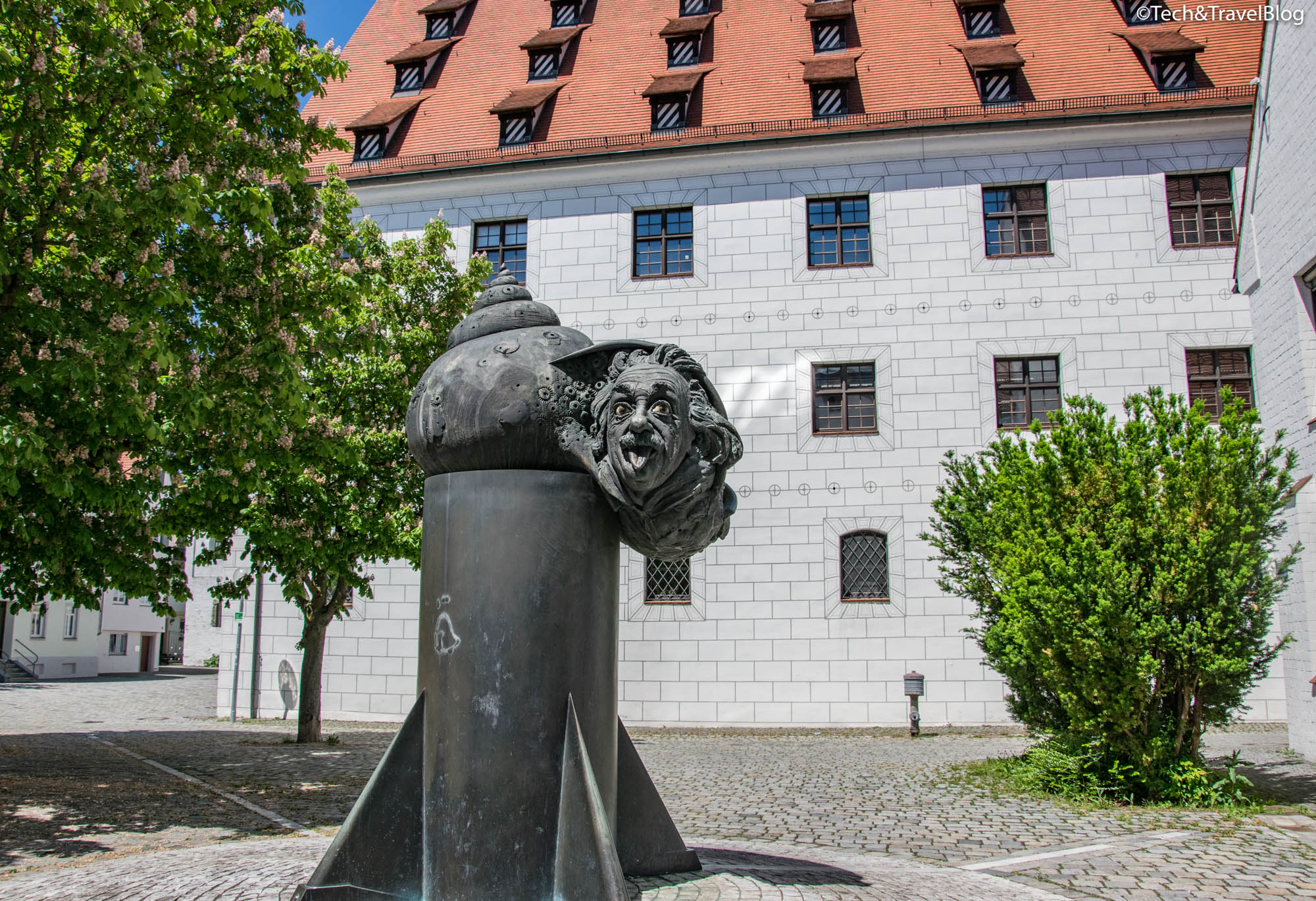
Another lens reminiscent of the famous Albert Einstein is the Einstein Brunnen (Einstein Fountain) created in 1984 by the sculptor Jürgen Goertz. The bronze sculpture consists of three elements: the missile bar – represents technology, the conquest of the universe and the nuclear threat; a large snail shell representing nature, wisdom and skepticism towards the mastery of human technology, and from this shell emerges the head of the scientist Albert Einstein.
The central square (Marktplatz) is lined with medieval houses with stepped gables.

From the central square you can easily reach the Fishermen’s Quarter (Fischerviertel) on the Blau river – an affluent of the Danube where you can walk along the narrow cobbled alleys and admire the small houses specific to Germany, some of which have been transformed into restaurants, souvenir shops or hotels.
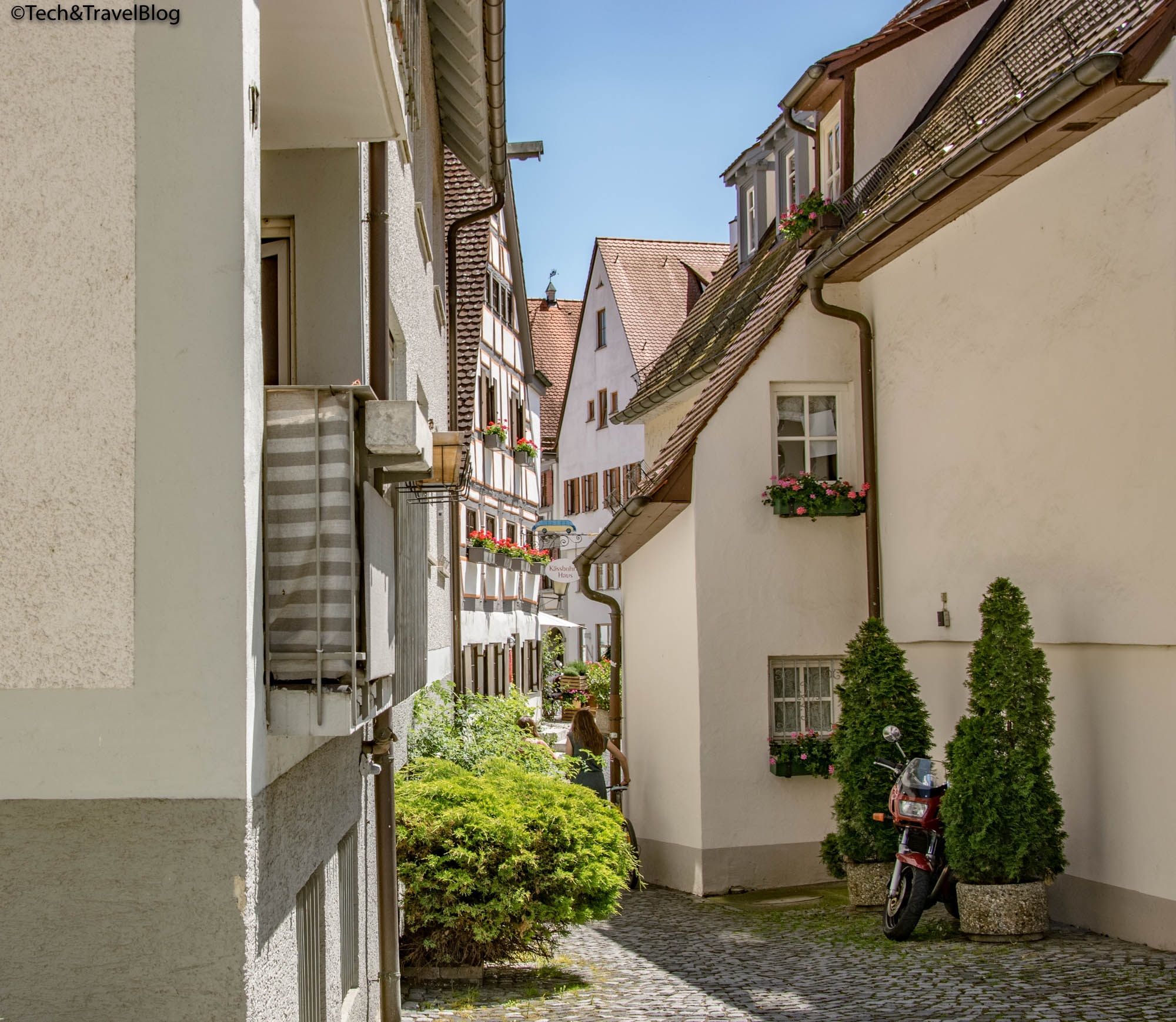
In the Fisherman‘s Quarter is also the Schiefes Haus Ulm – a house leaning over the river supported by its old beams, built in the 14th century and used today as a hotel.

To the south of the Cathedral is the beautiful Town Hall (Rathaus) built in the Gothic style, with frescoes dating back to 1540. Visitors are often surprised to learn that the intricate designs and decorations were largely restored after the devastation of World War II Worldwide.
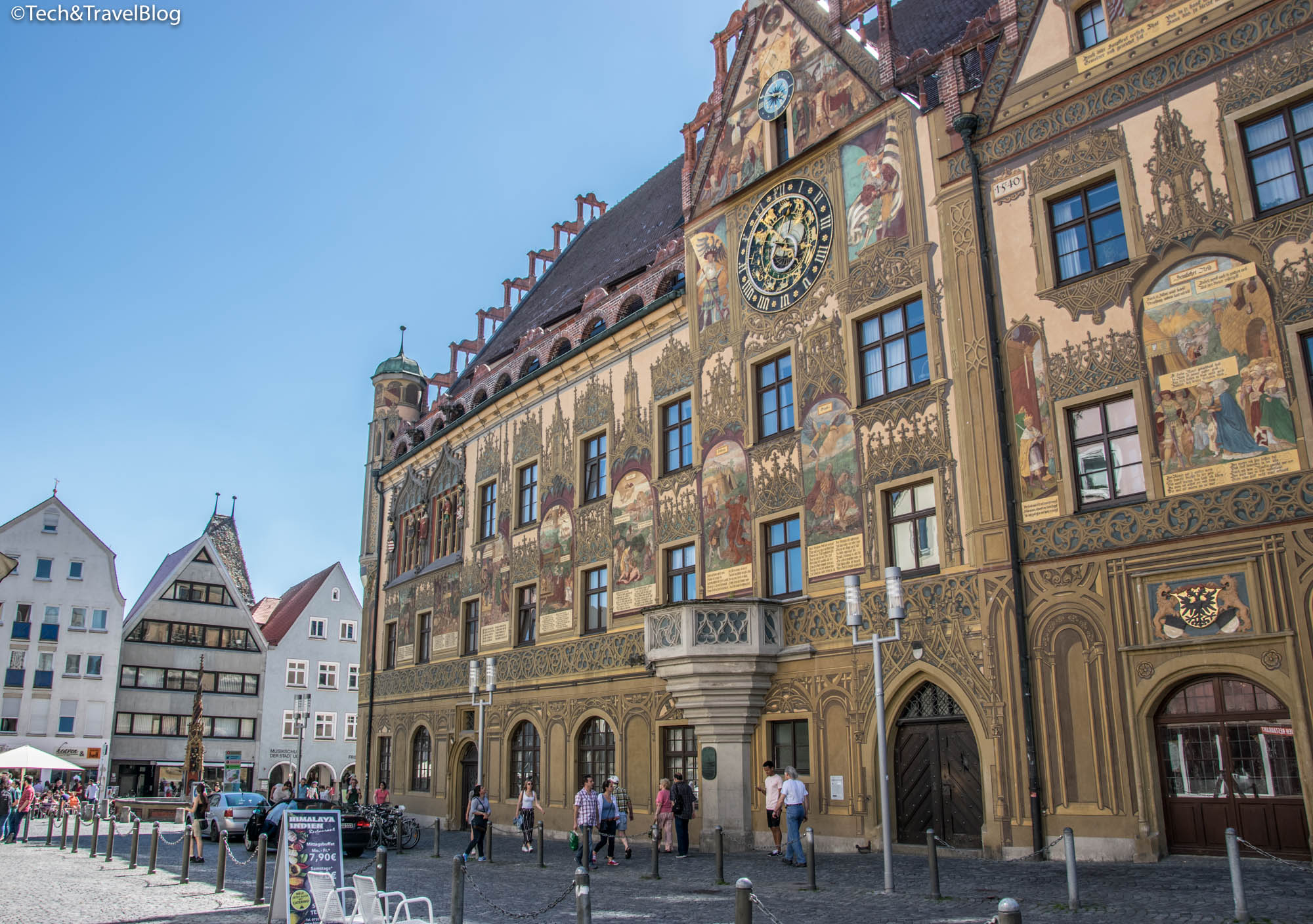
Originally built in the mid-14th century, it first served as a store before being transformed into an administrative institution. Other attractions of the building include a replica of the 16th-century astronomical clock and the beautiful fountain called Fischkasten (Fish Tank) built in 1482.
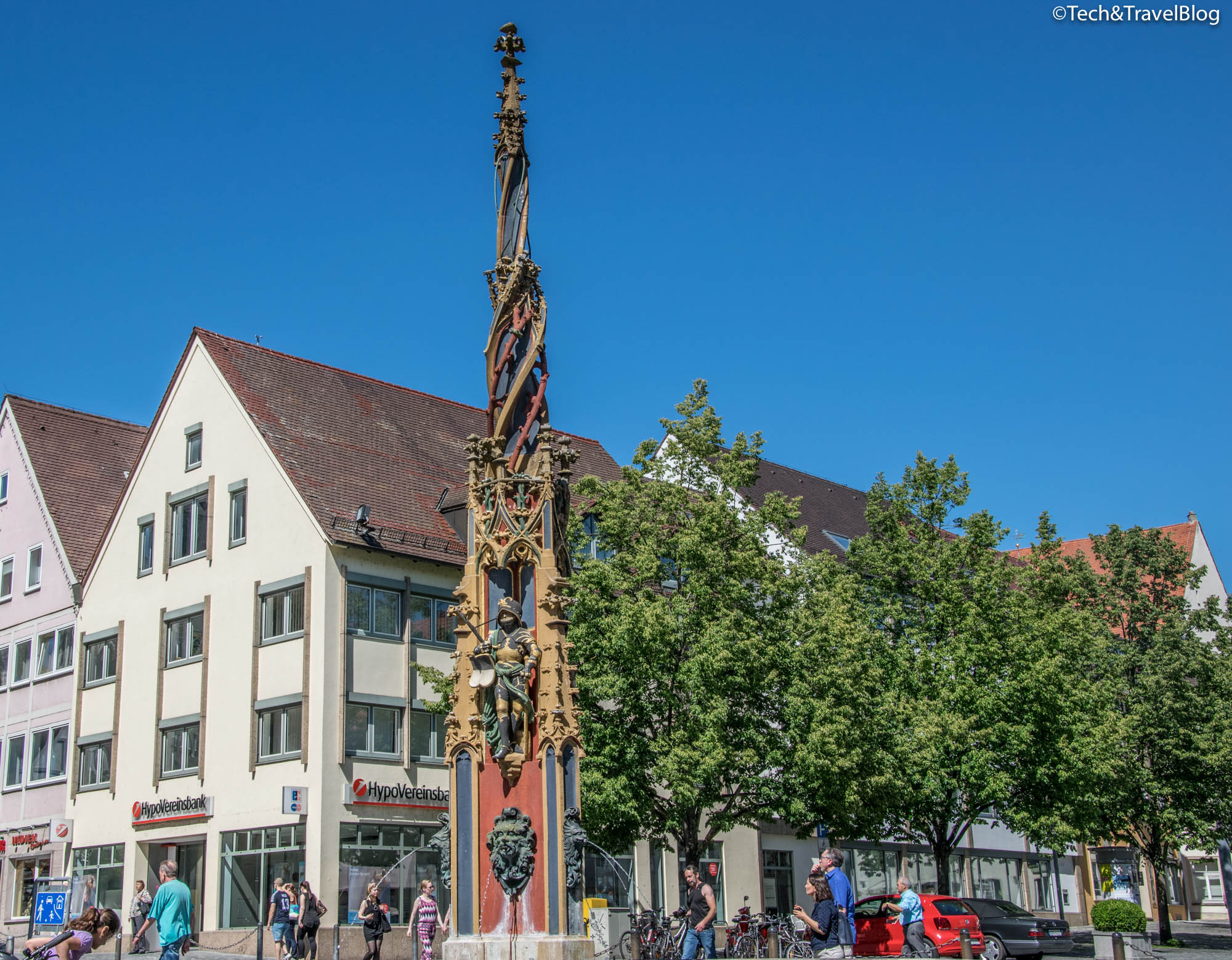
Most of the Ulm‘s 15th-century city walls have been well preserved and today provide an excellent means of exploring the old city. Built in 1482 along the banks of the Danube, the walls – originally designed as a deterrent against invaders – today surround the city and offer tourists a way to admire the view and sights that the city of Ulm has to offer. Along the way, you can find numerous cafes and restaurants, as well as peaceful riverside scenery, ideal for picnics.
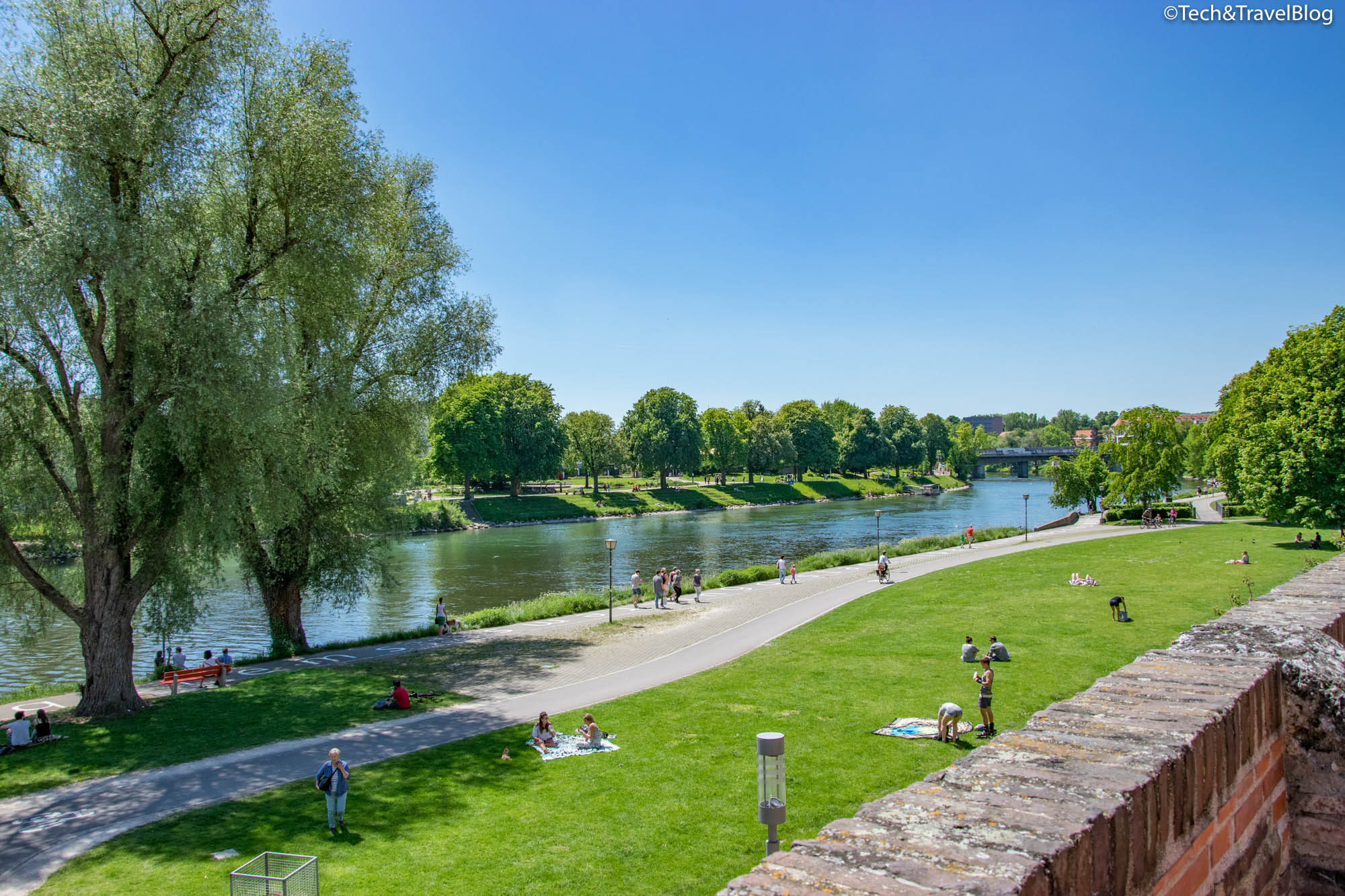
Another tourist attraction is the German Bread Museum (Deutsches Brotmuseum), which offers a fascinating insight into the history of bread and its baking, from ancient times to modern times. Exhibits cover the entire process, from growing grains and harvesting crops to the social implications of bread (or lack thereof) on the population. The museum also houses an impressive art collection based on these themes, including paintings by well-known artists such as Rembrandt, Dalí or Picasso.
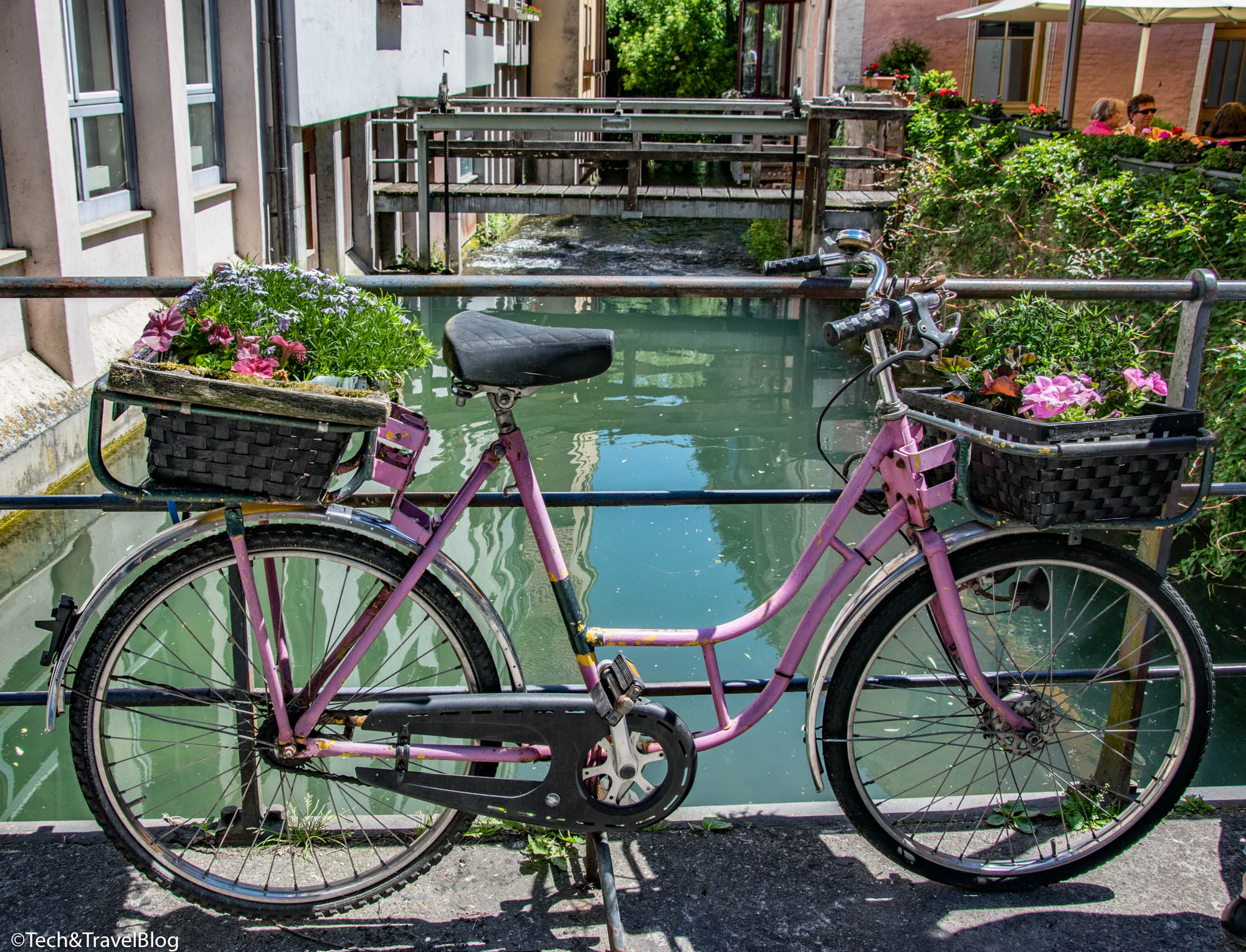
Tourists who have more time to visit the city can choose the UlmCard which includes free transport on any public transport, free entrance to museums or free guided tours. The 24-hour card costs €12/person and the 48-hour card costs €18/person. You can find more details by clicking here.
If you liked our article about Ulm, read our one on Mannheim as well.

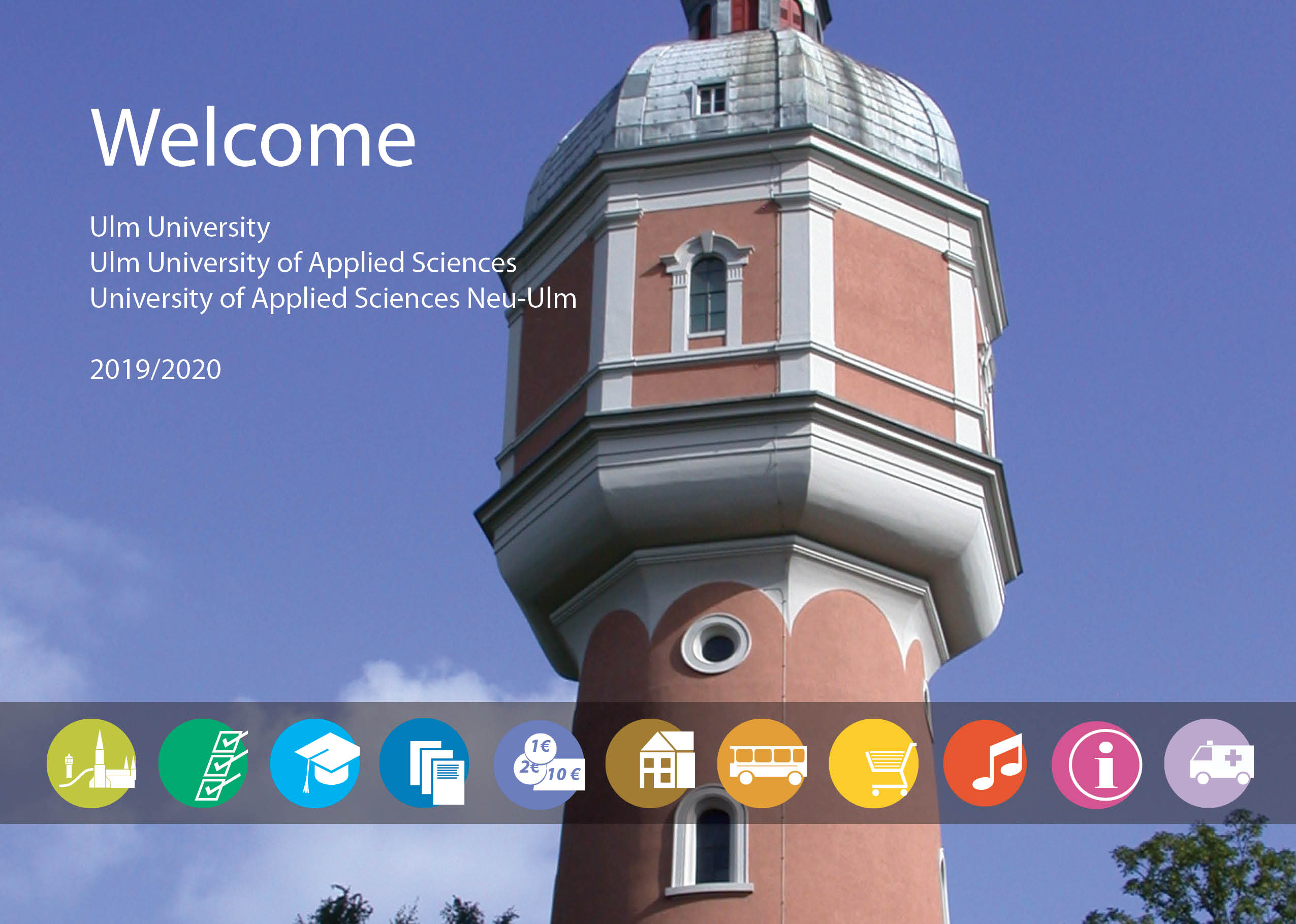

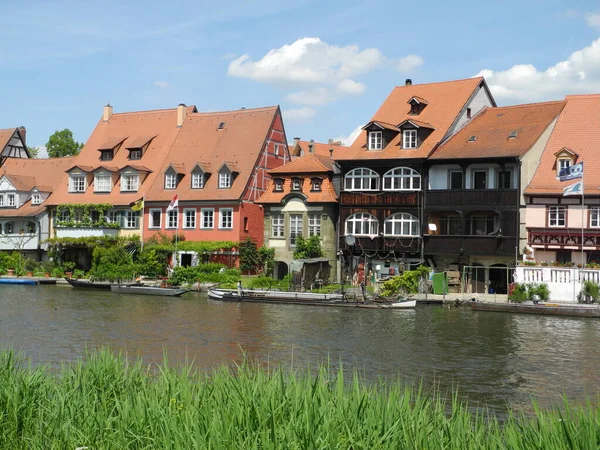
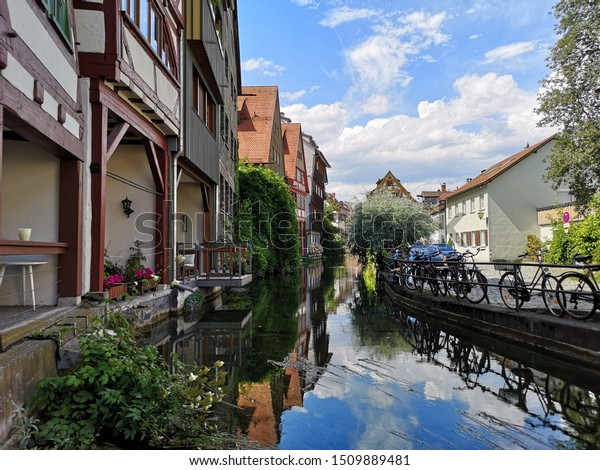
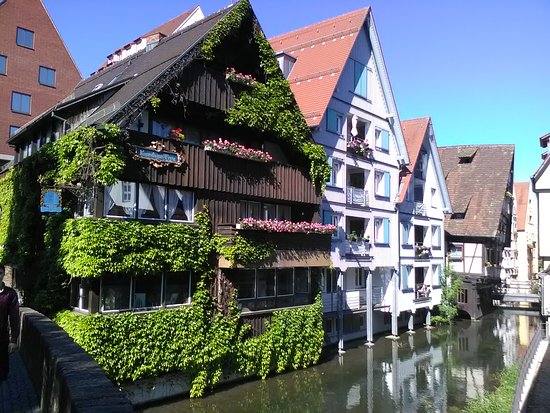

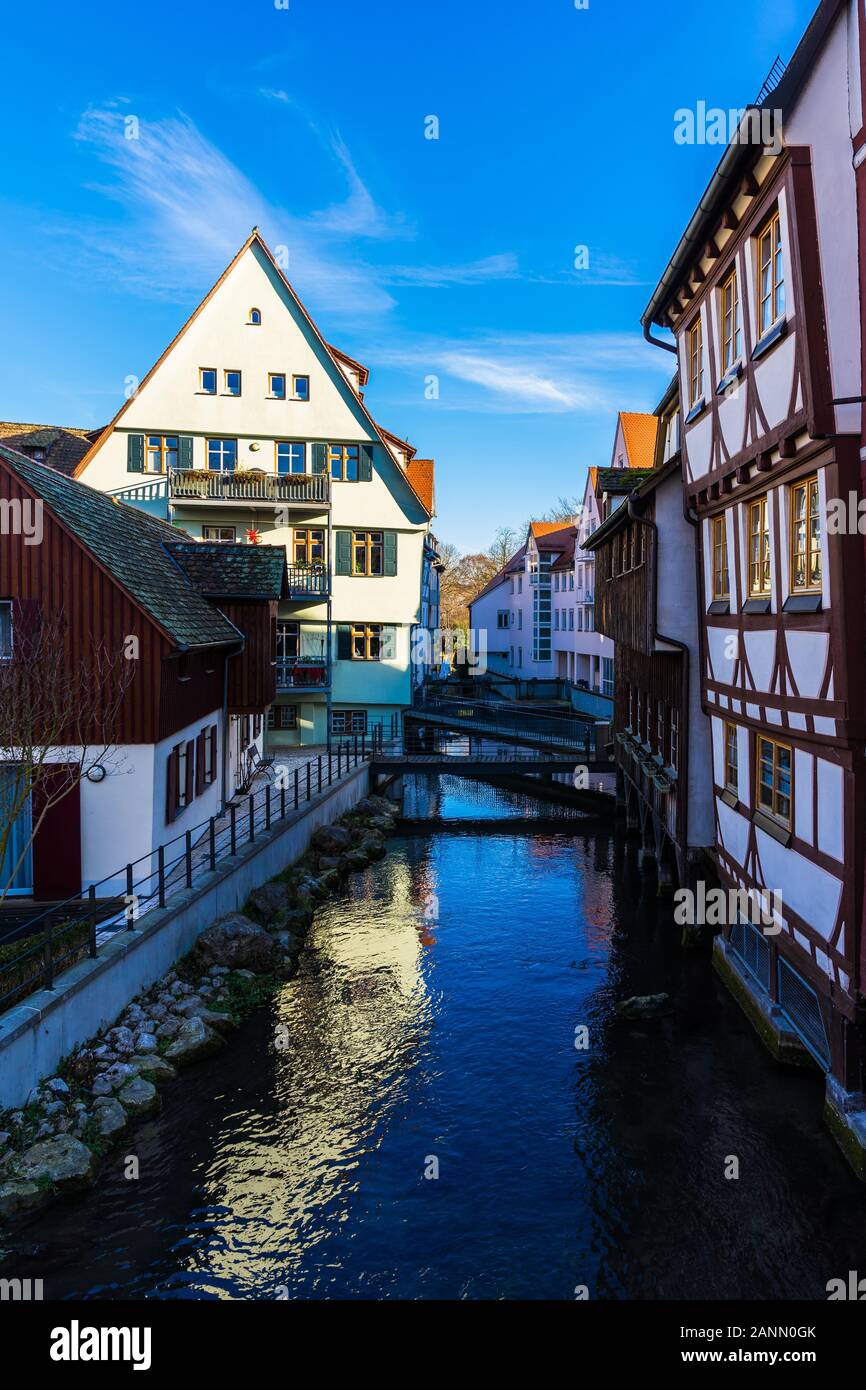
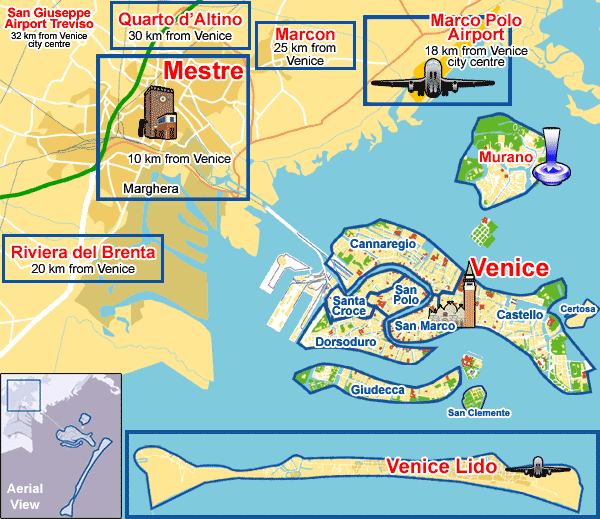
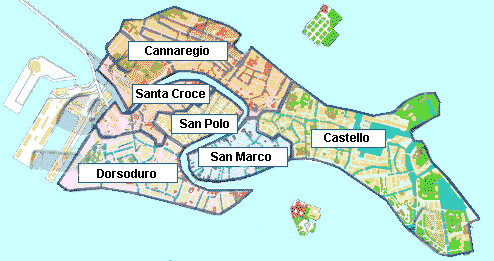
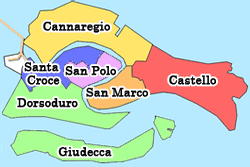
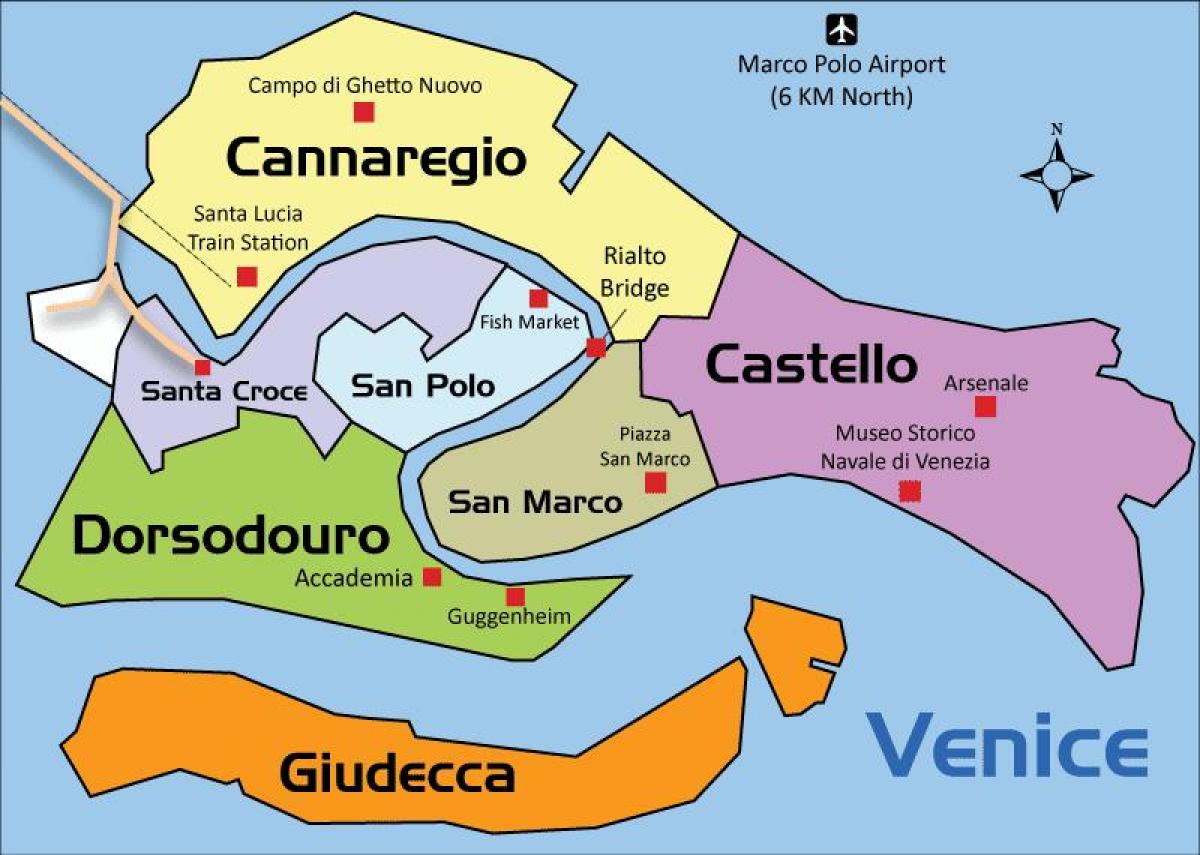



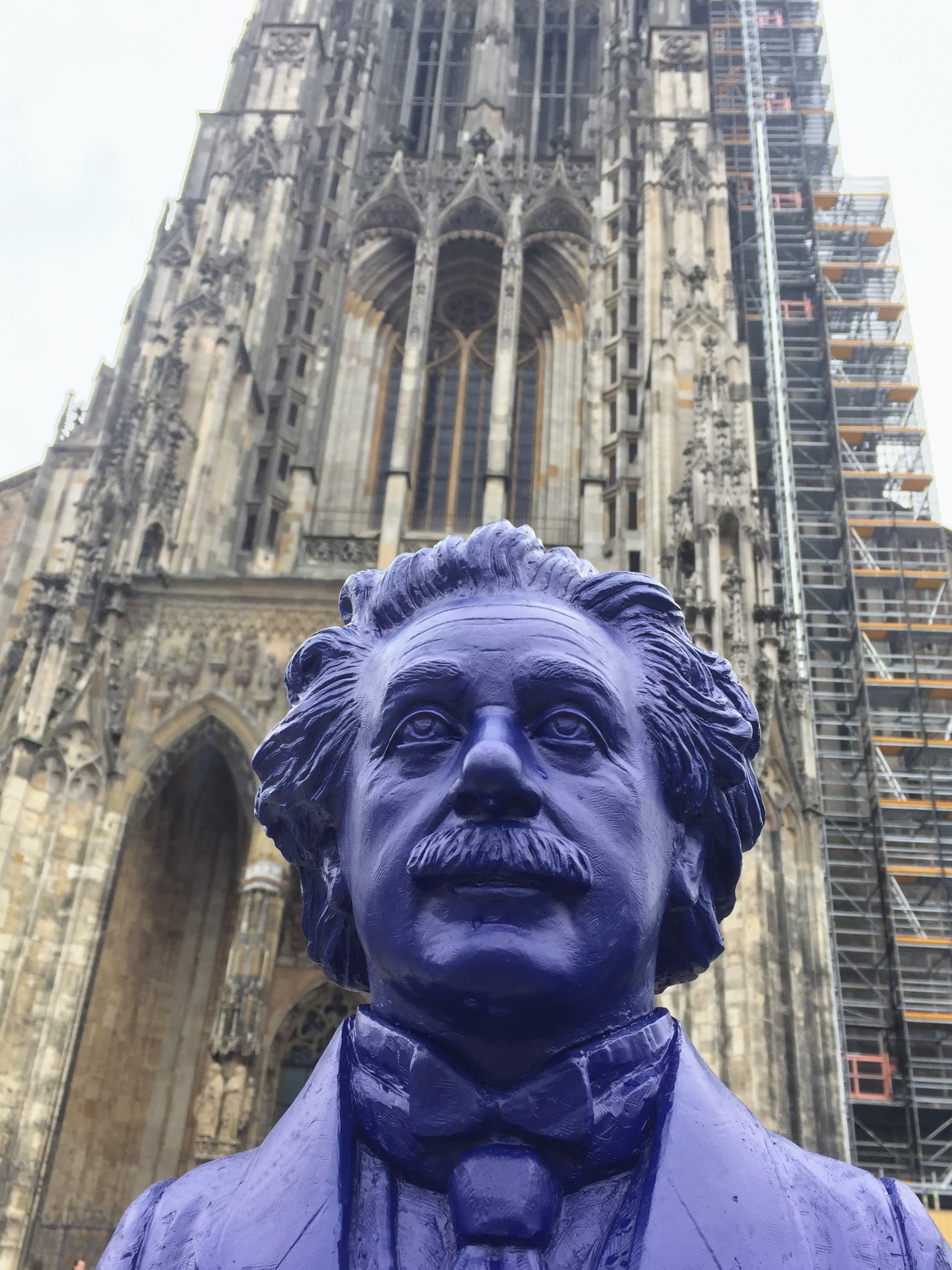

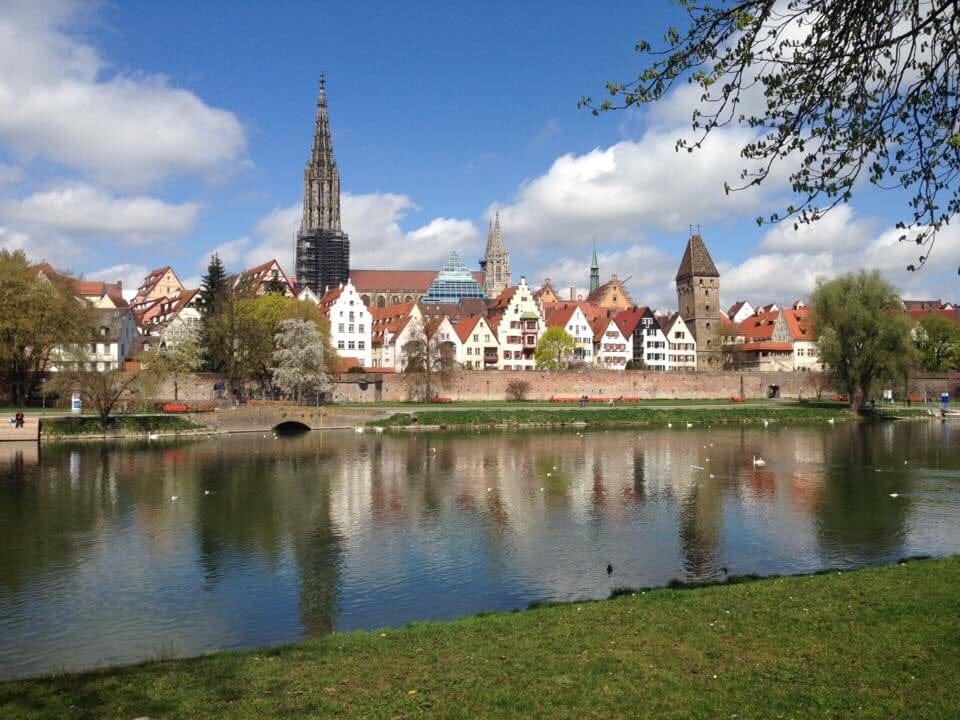


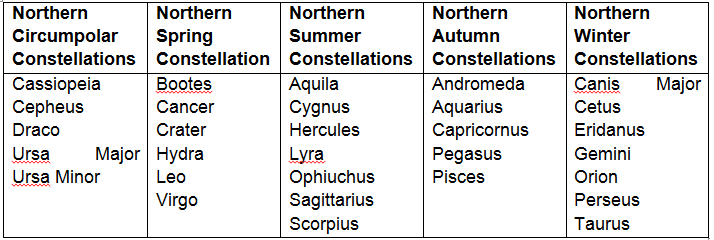
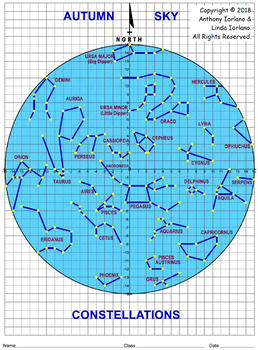

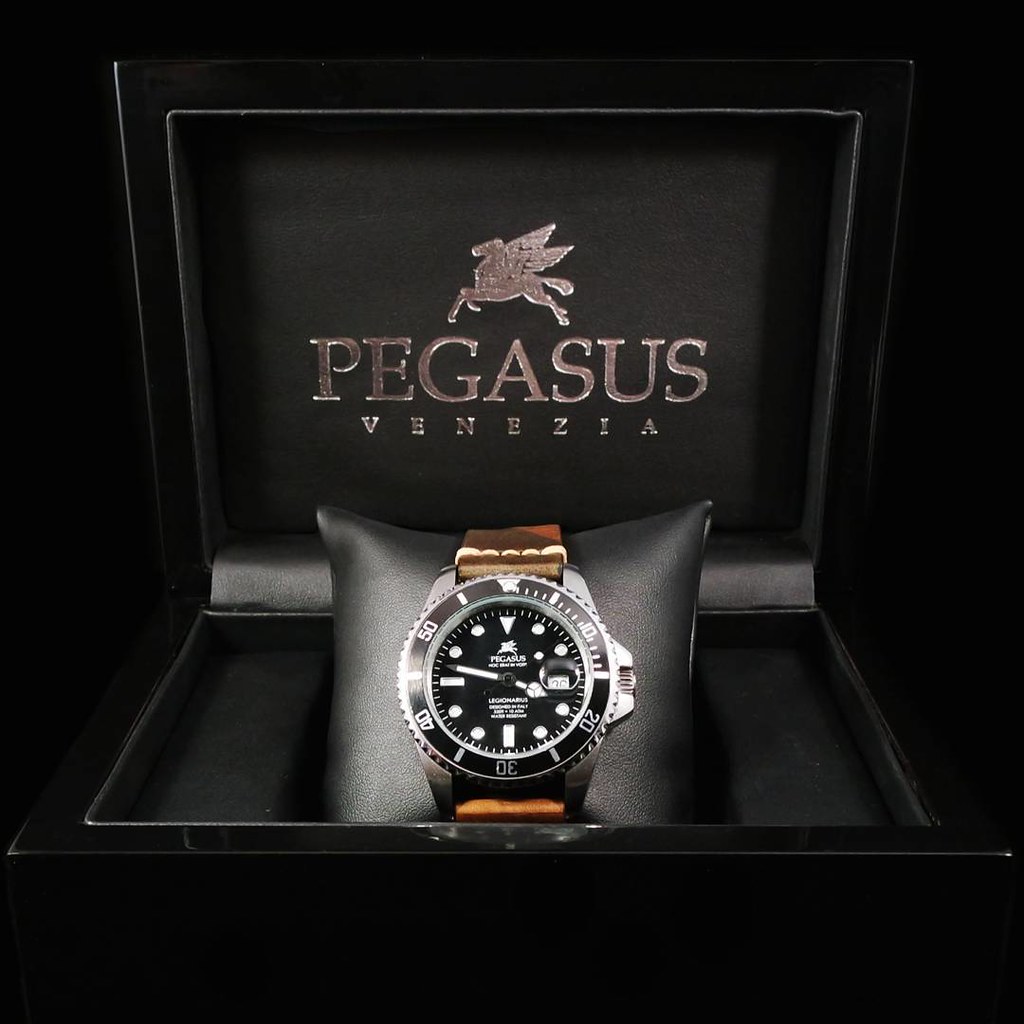





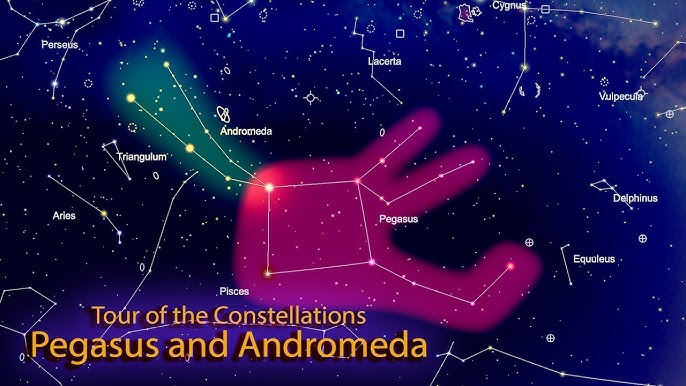












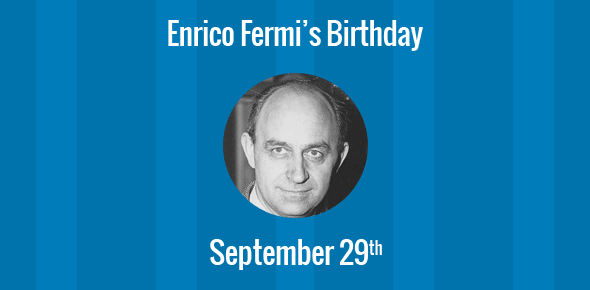

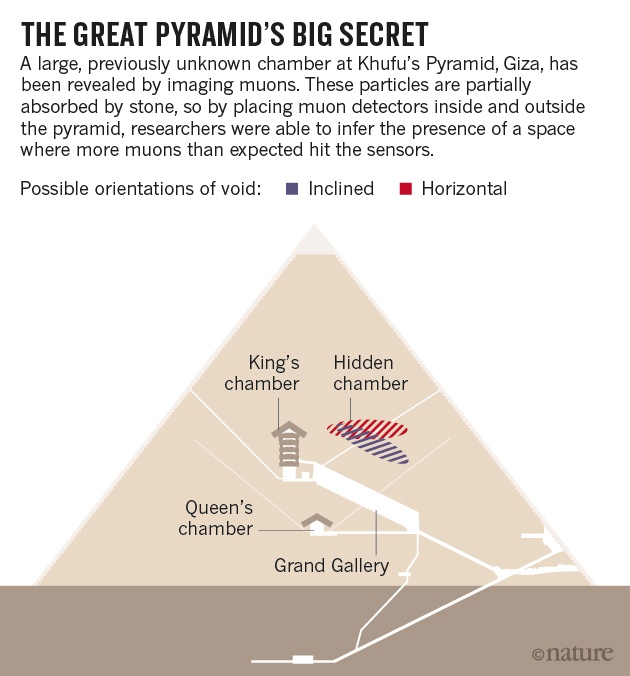


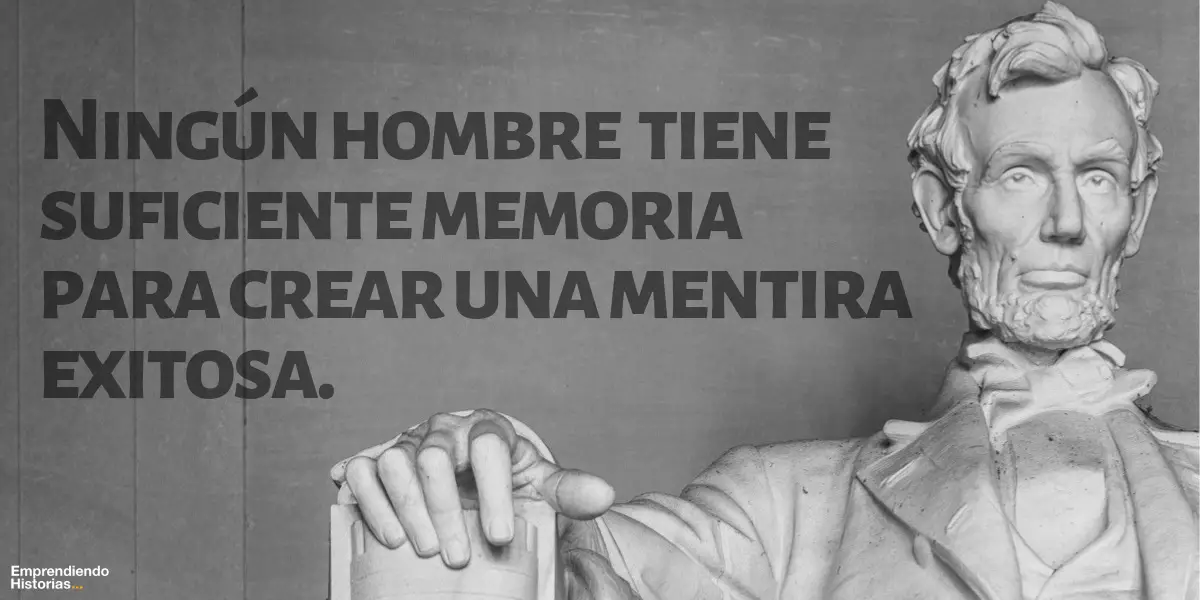
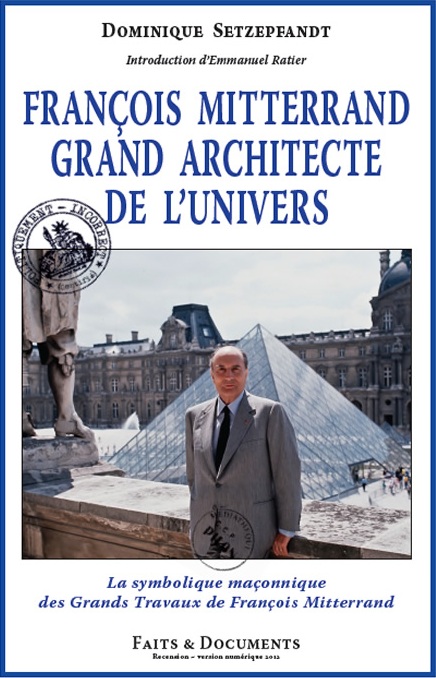
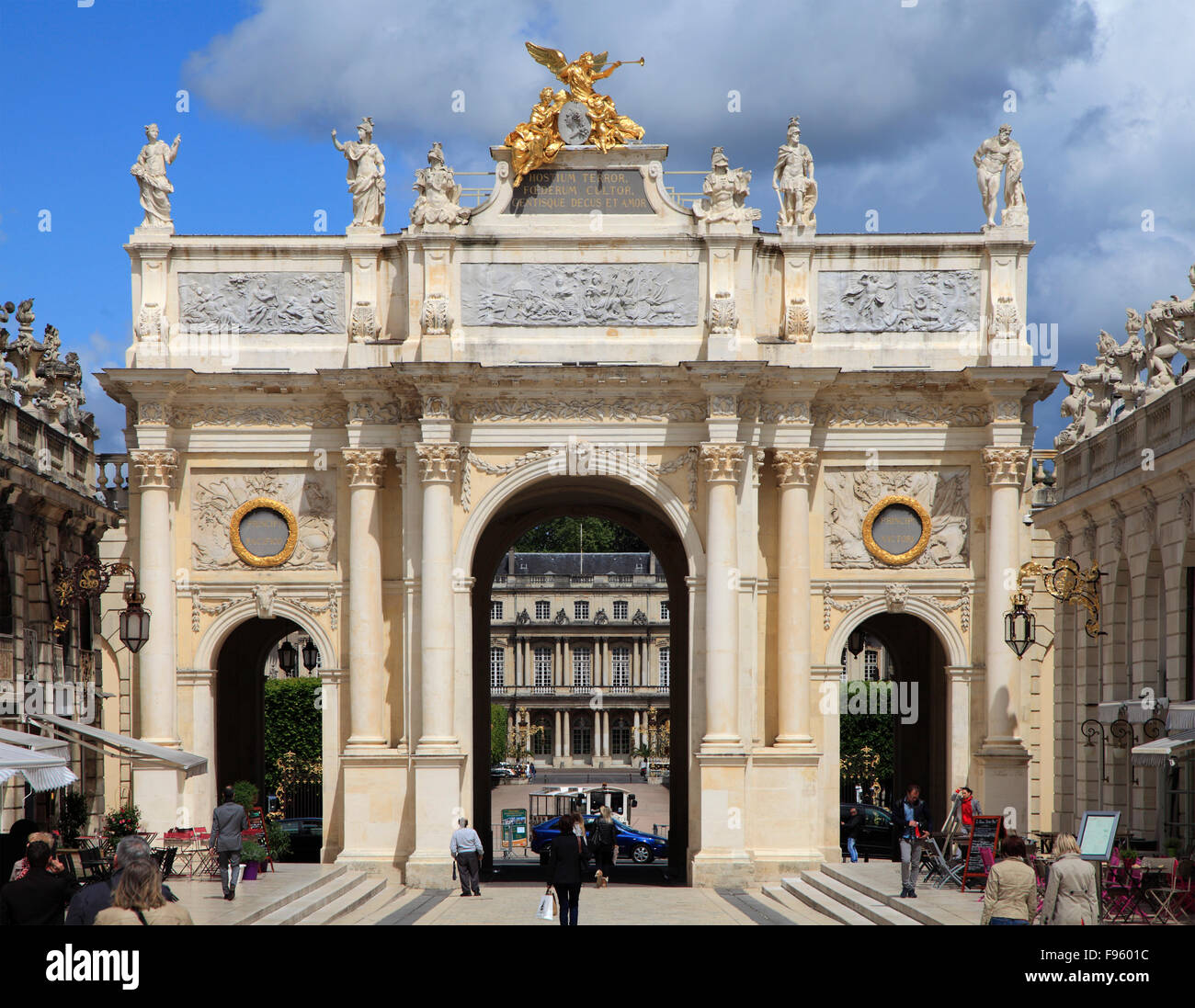
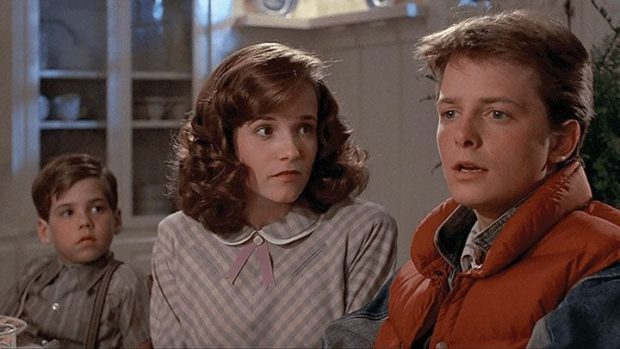






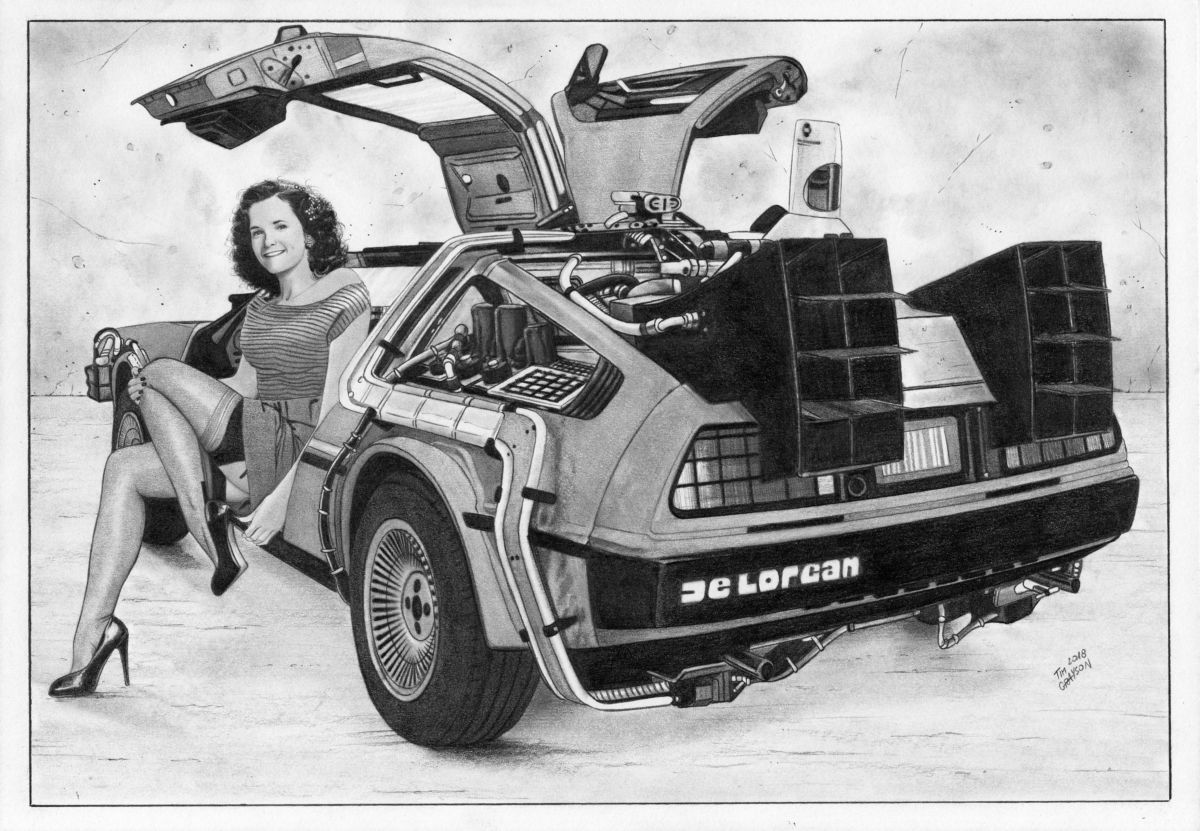


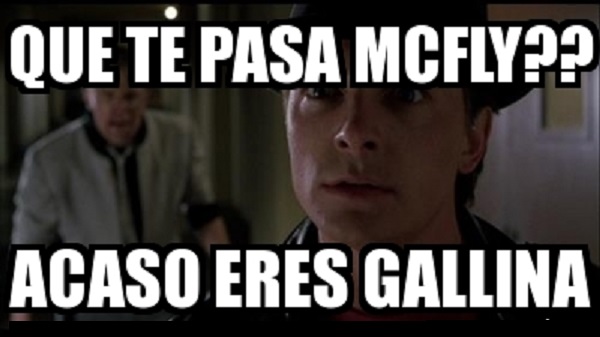




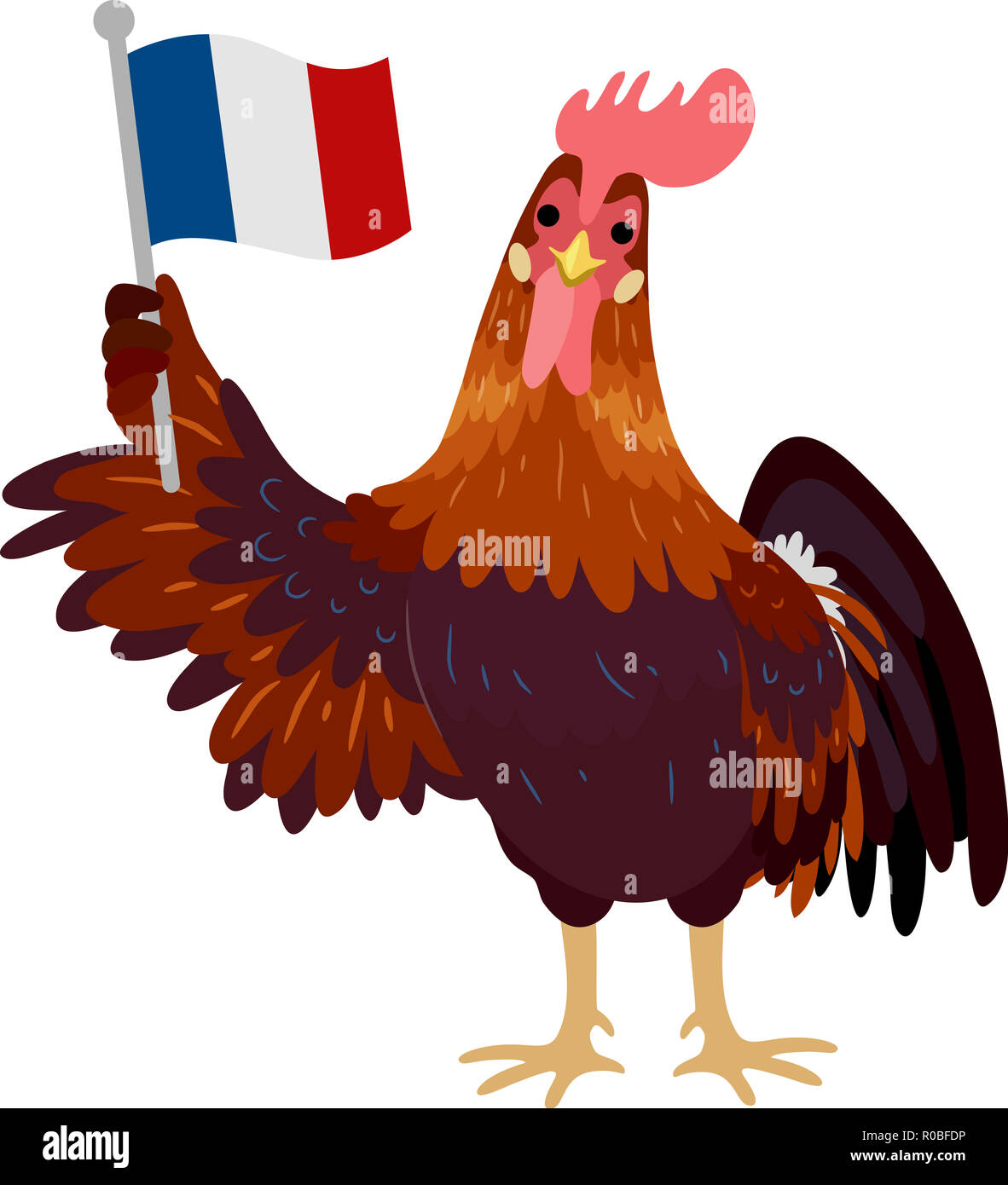




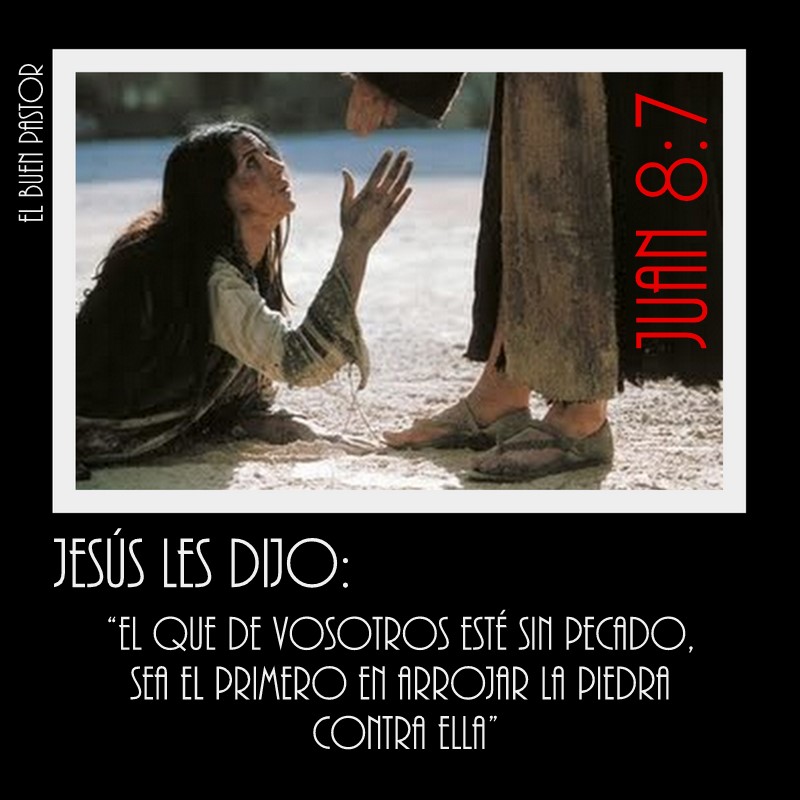
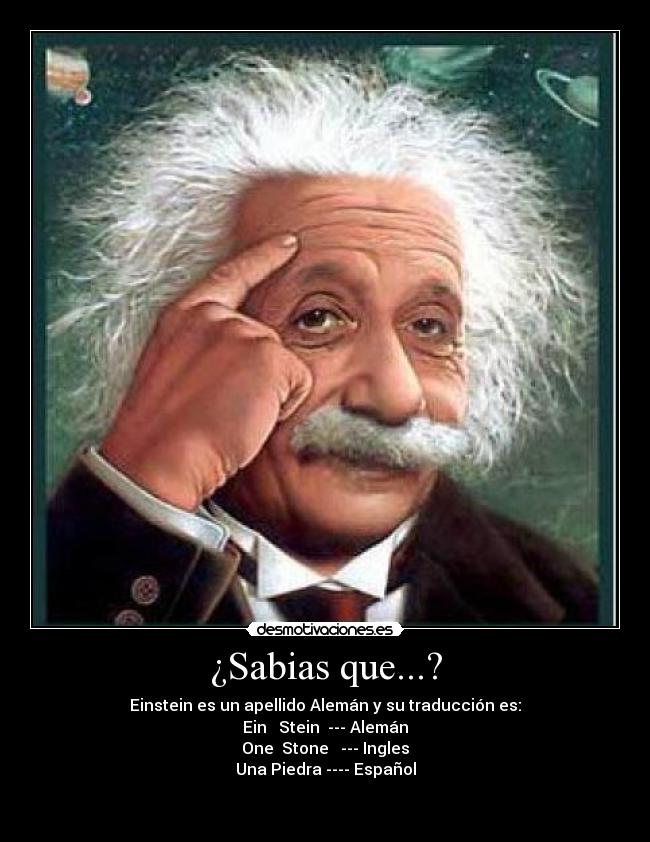





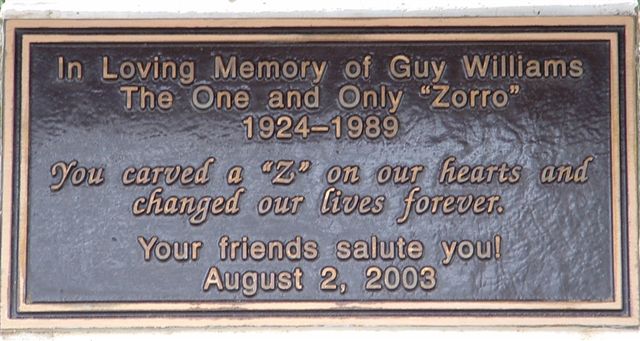




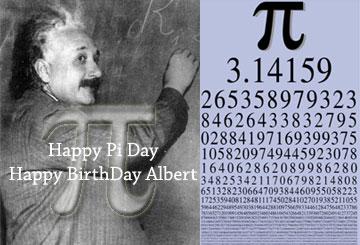

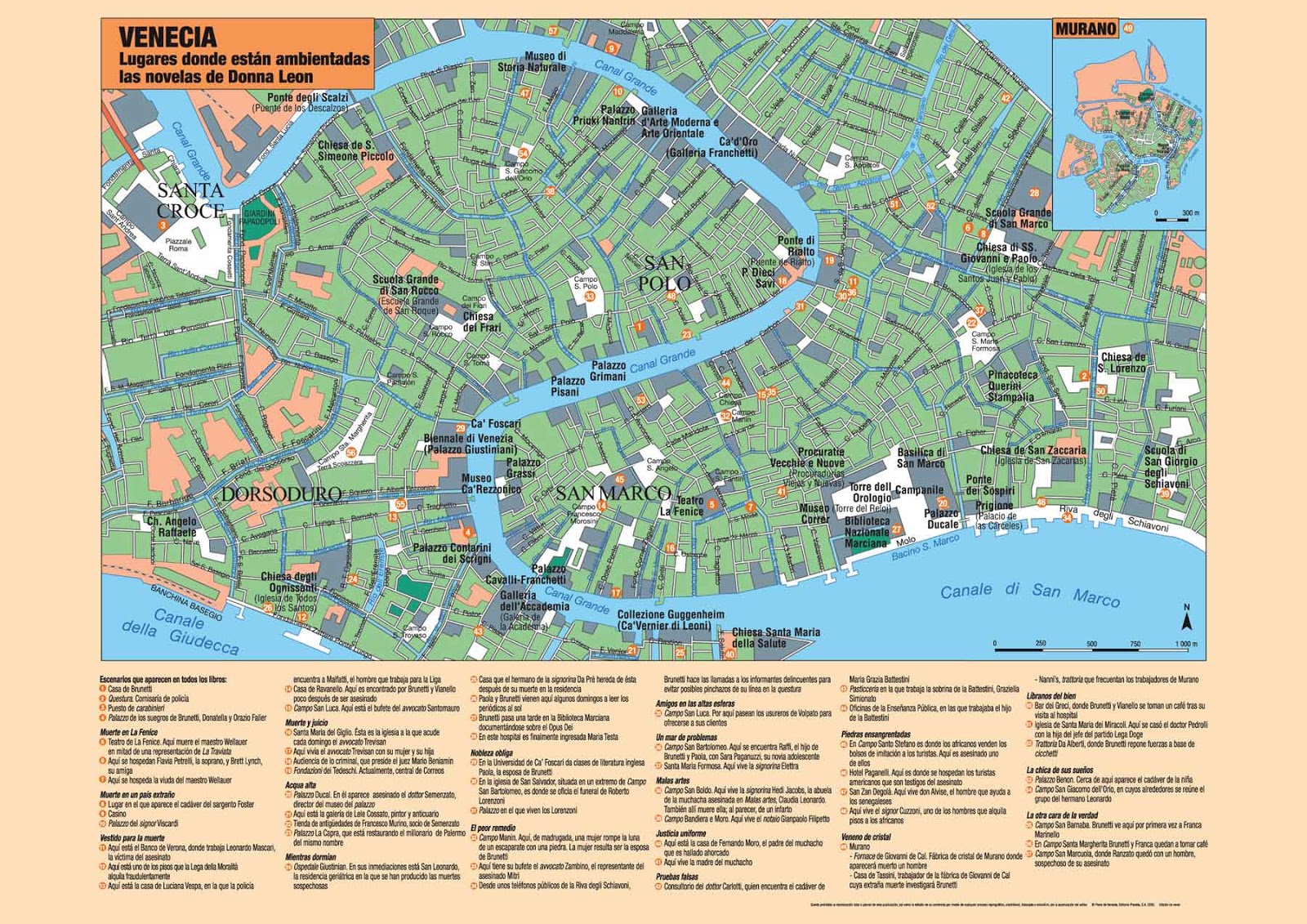

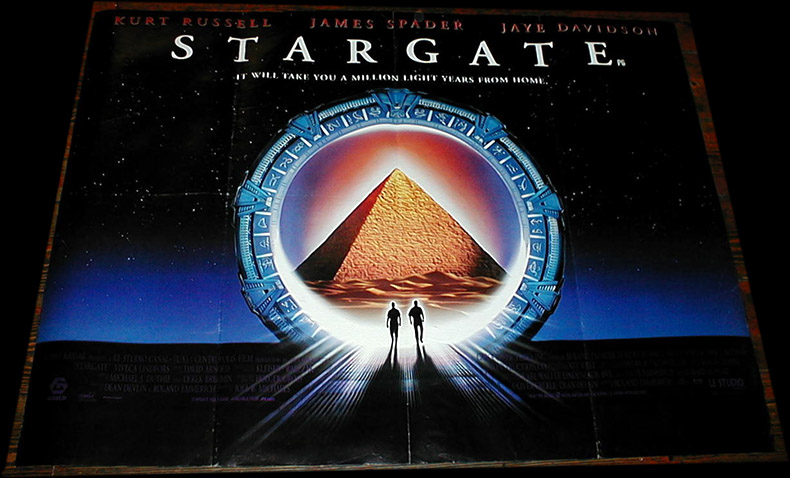









![Regreso Al Fururo III (Back To The Future III) [1990] –, 40% OFF](https://m.media-amazon.com/images/M/MV5BYzgzMDc2YjQtOWM1OS00ZjhhLWJiNjQtMzE3ZTY4MTZiY2ViXkEyXkFqcGdeQXVyNDQ0MTYzMDA@._V1_.jpg)
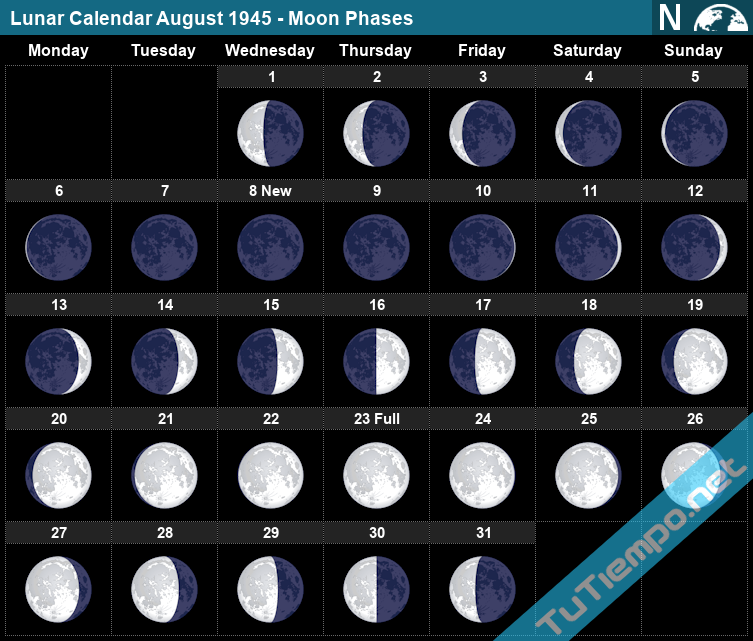
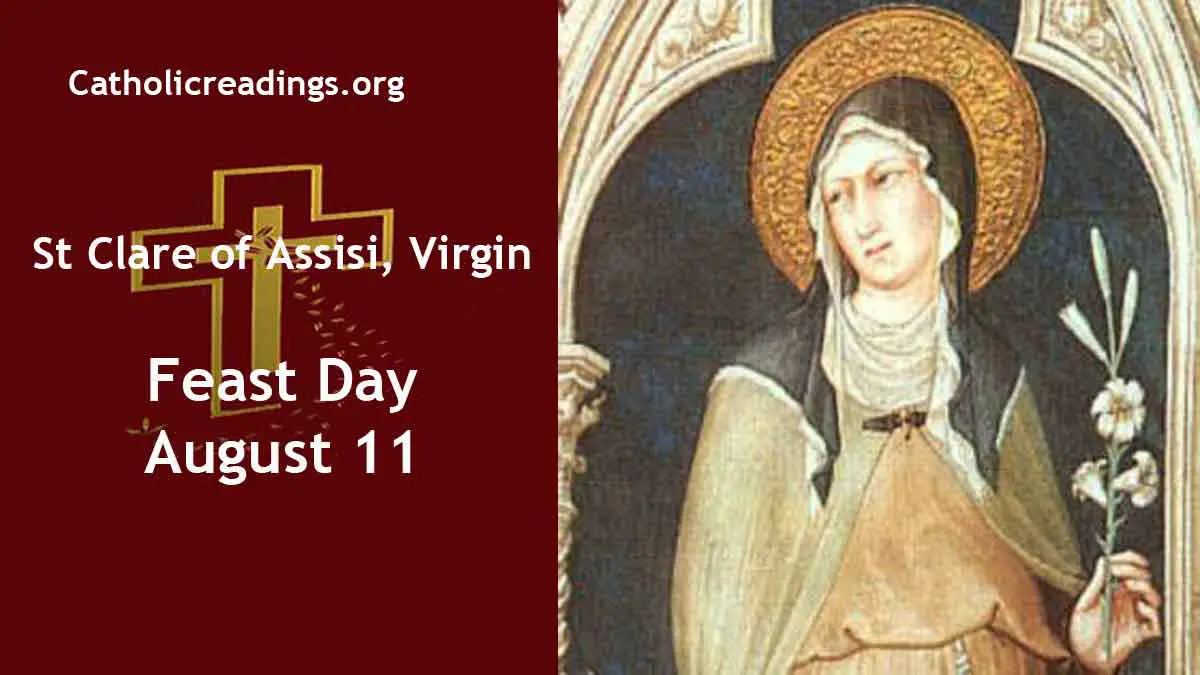

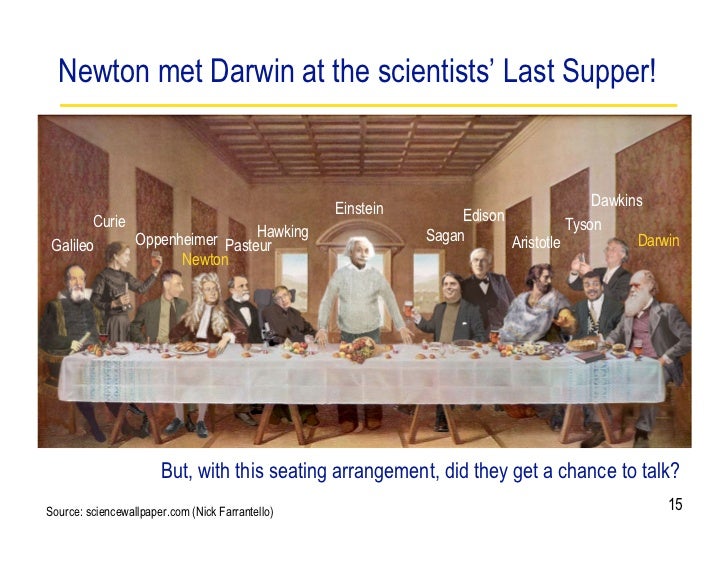


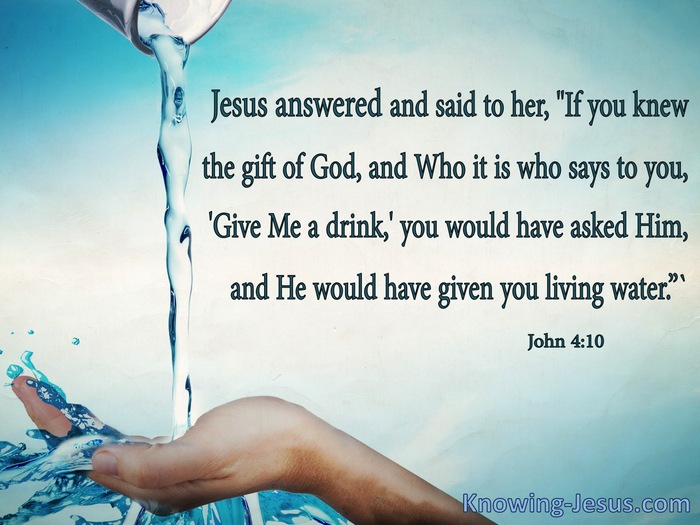



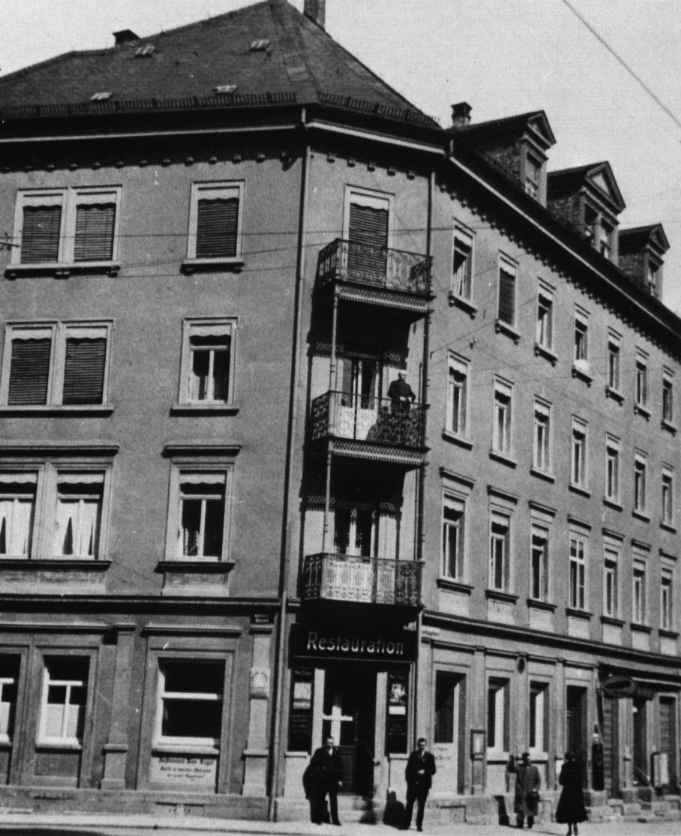 1 The house where Einstein was born
1 The house where Einstein was born